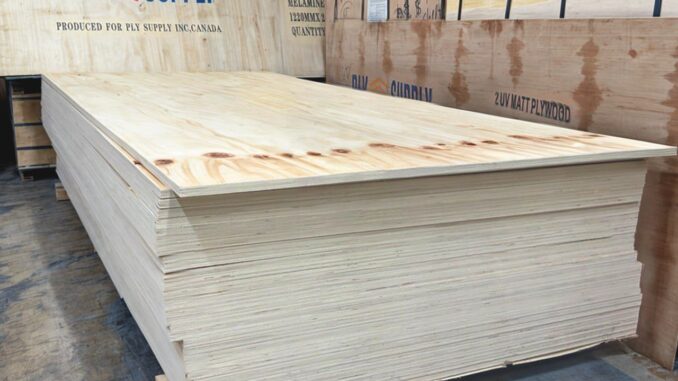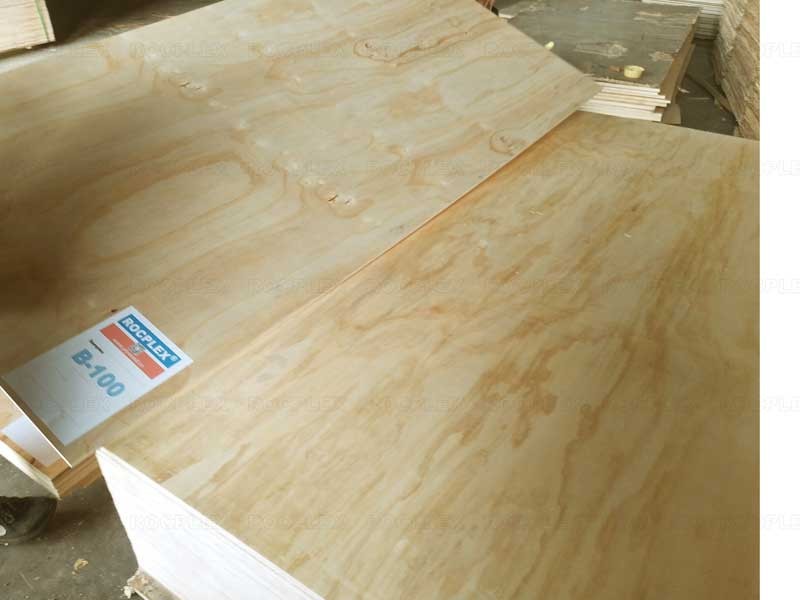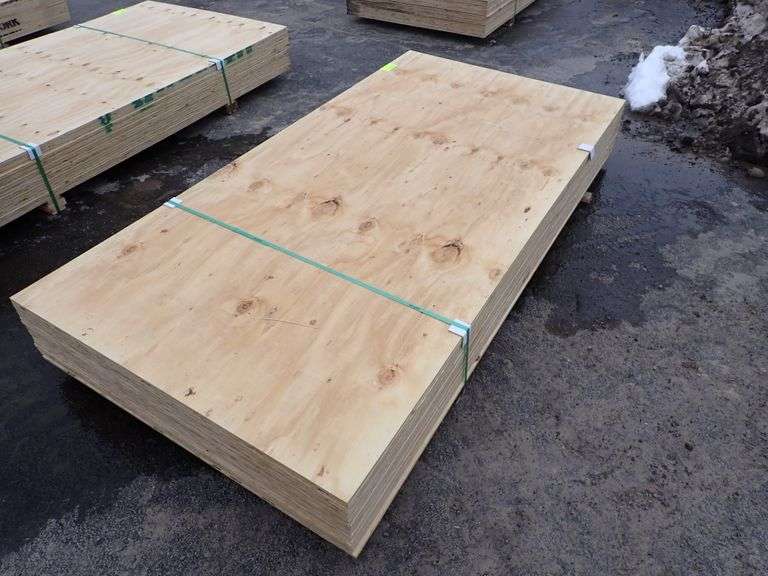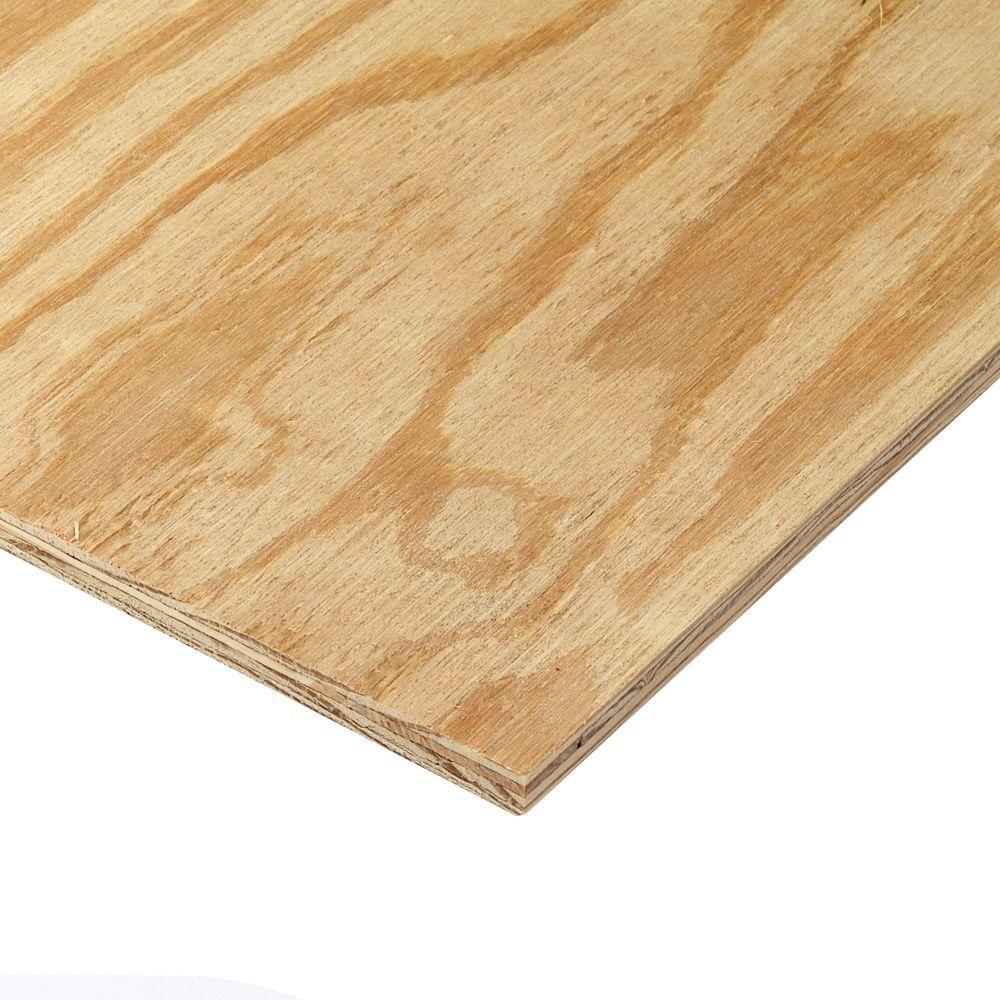
When embarking on a construction project, selecting the right materials can make all the difference in terms of durability, safety, and the overall outcome. Plywood, a staple in construction, furniture, and other industries, comes in various types, each with specific benefits and ideal use cases. Among the most common types of plywood are RTD and CDX plywood. Each offers distinct features that suit different needs, making it important for builders, contractors, and DIY enthusiasts to understand the advantages and limitations of each.
In this article, we’ll take a deep dive into RTD plywood, exploring what it means and how it differs from CDX plywood, another popular choice. Our goal is to help you determine which plywood is best suited for your project based on their properties, benefits, and applications.
What is RTD Plywood?
RTD plywood is short for Radiata Pine Treated plywood. As the name suggests, this plywood is made from Radiata Pine wood that has been specially treated to enhance its durability, water resistance, and overall longevity. The RTD plywood is known for being highly resistant to moisture, rot, and pests, which makes it an excellent option for construction projects that will be exposed to harsh environmental conditions.
The treatment process involves applying chemical preservatives to the wood, making it more resistant to external factors such as termites, fungi, and weather-related damage. This makes RTD plywood especially suitable for outdoor use, as it performs well under exposure to rain, high humidity, or fluctuating temperatures.

Manufacturing Process of RTD Plywood
The process of manufacturing RTD plywood begins with selecting high-quality Radiata Pine, a fast-growing tree native to Australia and New Zealand, known for its relatively uniform grain. Once harvested, the wood is treated with special chemicals that prevent rot and mildew, ensuring the wood can withstand outdoor elements over long periods.
RTD plywood is produced in layers, with each layer of wood veneer stacked in a criss-cross pattern to enhance its strength and durability. The veneers are bonded together using water-resistant adhesives, ensuring the plywood remains stable and secure even in humid or wet conditions. This construction method gives RTD plywood its signature durability and resistance to warping or cracking.
Types of RTD Plywood
Not all RTD plywood is created equal. Depending on the needs of the project, there are different grades and types of RTD plywood available:
- Exterior RTD Plywood: This type of RTD plywood is specifically treated to endure exposure to the outdoors. It is perfect for sheathing exterior walls or for use in projects where the plywood will be directly exposed to the elements.
- Structural RTD Plywood: This variety is designed for structural applications where strength and stability are essential. It is often used for subflooring, roofing, and framing, as its added strength allows it to support heavy loads and provide stability to the overall structure.
- RTD Sheathing: Sheathing is commonly used in construction to form a protective layer between the building’s interior and the outside environment. RTD plywood sheathing provides the necessary durability and water resistance to protect the building’s framework from moisture.
Common Applications of RTD Plywood
RTD plywood is incredibly versatile, and its strength and durability make it suitable for various types of construction projects. Some of the most common applications for RTD plywood include:
- Exterior Wall Sheathing: Given its ability to withstand outdoor conditions, RTD plywood is commonly used for sheathing exterior walls, providing both structural support and a protective barrier against moisture and the elements.
- Roofing: RTD plywood can be used in roofing projects, acting as a solid base for other roofing materials such as shingles or metal panels. Its ability to resist moisture ensures that the roofing structure will stay intact even under heavy rain or snow.
- Subflooring: RTD plywood is an excellent choice for subflooring in areas that are prone to moisture, such as bathrooms, kitchens, and basements. Its moisture resistance helps prevent issues like warping and swelling, which can occur with less durable materials.
- Outdoor Structures: Sheds, fences, and other outdoor structures that are exposed to the elements also benefit from RTD plywood’s protective properties. The treatment ensures that the wood resists both decay and damage from insects, extending the lifespan of these structures.
Advantages of RTD Plywood
- Durability: RTD plywood is incredibly durable, especially when compared to untreated plywood. The treatment process ensures that it can withstand harsh weather conditions such as rain, high humidity, and extreme temperatures.
- Water Resistance: The treatment process makes RTD plywood highly resistant to moisture, making it ideal for use in wet environments or projects that involve direct exposure to rain or snow.
- Termite Protection: In addition to moisture resistance, RTD plywood is often treated with chemicals that help protect it against termite infestations, which can be a major issue in areas with high insect activity.

What is CDX Plywood?
CDX plywood is another type of plywood commonly used in construction. The name «CDX» refers to the plywood’s grading system. «C» and «D» denote the quality of the face veneers (the outermost layers of the plywood), and «X» stands for the exterior-grade adhesive used to bond the veneers together. CDX plywood is generally considered a lower-grade option when compared to higher-quality plywood varieties, but it still offers good strength and versatility, making it a reliable choice for many applications.
Manufacturing Process of CDX Plywood
Like other types of plywood, CDX plywood is made by layering wood veneers in alternating directions to increase its strength and stability. However, the face veneers used in CDX plywood are of lower quality than those found in higher-grade plywood, which results in a more affordable product. The «C» and «D» grading system indicates that the outer layers may contain some imperfections such as knots or discoloration, but these imperfections do not significantly impact the plywood’s overall strength.
The plywood is then bonded together using an exterior-grade adhesive, which allows it to hold up well under exposure to the elements, although it is not as durable as RTD plywood when subjected to prolonged moisture.
Common Applications of CDX Plywood
CDX plywood is widely used in construction, especially for projects where the plywood will not be exposed to constant moisture. Some common applications include:
- Subflooring: CDX plywood is commonly used for subflooring in homes and commercial buildings. Its strength makes it a reliable option for providing a sturdy base for flooring materials.
- Sheathing: CDX plywood is used for exterior sheathing on walls, offering structural support and acting as a protective barrier against the outside environment.
- Roof Decking: In roofing projects, CDX plywood is used as a decking material to provide a base for roofing materials like shingles or metal panels.
- Temporary Structures: Due to its affordability and strength, CDX plywood is often used in the construction of temporary structures, such as scaffolding or storage sheds.
Advantages of CDX Plywood
- Affordability: One of the major benefits of CDX plywood is its cost-effectiveness. It is typically much less expensive than other types of plywood, such as RTD plywood, making it an ideal option for budget-conscious projects.
- Strength: Despite its lower-grade veneers, CDX plywood still provides good strength and performance for general construction needs.
- Wide Availability: CDX plywood is readily available in most hardware stores and lumberyards, making it easy to find when you need it for your project.

RTD Plywood vs CDX Plywood: Key Differences and Which One to Choose
Material Composition
RTD plywood and CDX plywood differ in the quality of materials used and the overall construction process. RTD plywood is made from high-quality Radiata Pine wood, and it undergoes a specialized treatment process to make it more durable and moisture-resistant. On the other hand, CDX plywood uses lower-quality face veneers, which are still strong but may contain visible defects such as knots or discoloration. Additionally, CDX plywood uses an exterior-grade adhesive that helps improve its ability to withstand outdoor conditions, though it is not as robust as the treatment used for RTD plywood.
Water and Weather Resistance
RTD plywood excels when it comes to moisture and weather resistance. The treatment applied during its manufacturing process makes it particularly effective at withstanding rain, snow, and high humidity. This makes it ideal for use in outdoor projects or areas that will be exposed to the elements for extended periods. In contrast, while CDX plywood can be used for exterior applications, it does not offer the same level of protection against moisture. Over time, it is more likely to degrade or warp when exposed to prolonged wet conditions.
Strength and Durability
When it comes to strength and durability, RTD plywood is the superior choice. The high-quality wood and treatment process give RTD plywood excellent resistance to environmental factors, including temperature fluctuations, rain, and high humidity. It also tends to hold up better under stress, making it ideal for structural applications. CDX plywood, while still durable enough for general construction, is not as resilient in extreme conditions and is better suited for projects where long-term exposure to the elements is not a concern.
Price and Availability
One of the biggest differences between RTD plywood and CDX plywood is the price. RTD plywood is typically more expensive due to the quality of the materials and the additional treatment process it undergoes. However, this higher price comes with the added benefit of enhanced durability and resistance to moisture. CDX plywood, on the other hand, is a more affordable option and is widely available, making it a good choice for projects on a budget or for temporary structures.
Environmental Impact
RTD plywood is often treated with more environmentally friendly chemicals, making it a better option for eco-conscious builders. Many RTD plywood products are certified for sustainability and come from responsibly managed forests. CDX plywood, while also sourced from wood, may be treated with chemicals that can have a greater environmental impact, especially if the adhesives used in its manufacturing process contain formaldehyde or other potentially harmful substances.
When to Choose RTD Plywood
RTD plywood is the ideal choice for projects that require superior strength, durability, and moisture resistance. Some key scenarios where RTD plywood should be the go-to choice include:
- Outdoor Construction Projects: Whether you are building a deck, a shed, or an exterior wall, RTD plywood’s ability to withstand the elements makes it perfect for outdoor use.
- Roofing and Sheathing: RTD plywood provides a solid base for roofing and wall sheathing, ensuring long-term protection from moisture and weather damage.
- Subflooring in Wet Areas: Areas like kitchens, bathrooms, and basements that experience high humidity or exposure to water are ideal candidates for RTD plywood, as it resists moisture and maintains its structural integrity.

When to Choose CDX Plywood
If you are working on a construction project where the plywood will not be exposed to constant moisture, CDX plywood is a cost-effective and reliable option. Ideal situations for using CDX plywood include:
- General Construction Projects: CDX plywood is great for general framing, subflooring, and sheathing in areas that won’t be exposed to high moisture levels.
- Temporary Structures: For short-term projects such as temporary shelters or scaffolding, CDX plywood provides sufficient strength without breaking the budget.
- Budget-Conscious Builds: If you need to keep costs low but still require a sturdy material for general construction, CDX plywood can be a practical solution.
RTD Plywood vs CDX Plywood Comparison
Here is a detailed comparison between RTD plywood and CDX plywood in a table format, highlighting the key features and differences between these two types of plywood.
| Feature | RTD Plywood | CDX Plywood |
|---|---|---|
| Material Composition | Made from high-quality Radiata Pine, treated to resist moisture, insects, and rot. | Made from lower-grade face veneers (C and D) with an exterior-grade adhesive for bonding. |
| Water Resistance | Highly water-resistant due to its special chemical treatment, making it ideal for outdoor and wet environments. | Moderate water resistance. CDX plywood can handle brief exposure to moisture but may degrade over time if exposed to constant wet conditions. |
| Strength and Durability | Extremely durable and strong, suitable for structural and long-term outdoor use. | Adequate strength for general construction; however, it is less durable in harsh or wet conditions compared to RTD plywood. |
| Cost | More expensive due to the high-quality material and treatment process. | More affordable, making it suitable for budget-conscious projects. |
| Environmental Impact | Often treated with more eco-friendly chemicals and may be sourced from sustainably managed forests. | Can be treated with harsher chemicals, and some products may have environmental concerns due to formaldehyde in the adhesives. |
| Best Applications | Outdoor structures (e.g., decks, fences, sheds), roofing, subflooring in wet areas, and exterior wall sheathing. | General construction projects, such as framing, subflooring, and temporary structures. |
| Weather Resistance | Excellent resistance to various weather conditions, including rain, humidity, and fluctuating temperatures. | Moderate weather resistance, best suited for dry conditions or protected indoor environments. |
| Availability | Available in most lumberyards but may be more specialized and harder to find depending on location. | Widely available in most hardware stores and lumberyards. |
| Termite Resistance | Treated for protection against termites and other pests. | Not specifically treated for termites, though it may offer some resistance through exterior-grade adhesives. |
| Strength for Outdoor Use | Superior strength, ensuring the material can hold up under long-term outdoor exposure. | Suitable for many outdoor projects, but may warp, rot, or weaken over time in direct exposure to the elements. |
Summary of Comparison:
- RTD Plywood excels in durability, water resistance, and long-term outdoor use. It is the preferred option for projects where exposure to moisture and extreme weather conditions is a concern, such as outdoor structures, roofing, and subflooring in wet areas.
- CDX Plywood is more affordable and suitable for general construction needs, such as framing and temporary structures. However, its water resistance and overall durability are not as robust as RTD plywood, making it less ideal for projects where long-term exposure to moisture is expected.
Conclusion: Making the Right Choice for Your Project
Choosing between RTD plywood and CDX plywood depends on the specific needs of your project. If long-lasting durability, moisture resistance, and strength are critical, RTD plywood is the superior choice. However, if budget is a concern or the project does not require top-tier weather resistance, CDX plywood is an excellent and affordable alternative.
By understanding the key differences between RTD plywood and CDX plywood, you can make an informed decision that ensures your project stands the test of time. Whether you choose RTD or CDX, both types of plywood have their place in construction, offering varying levels of performance based on your specific needs.